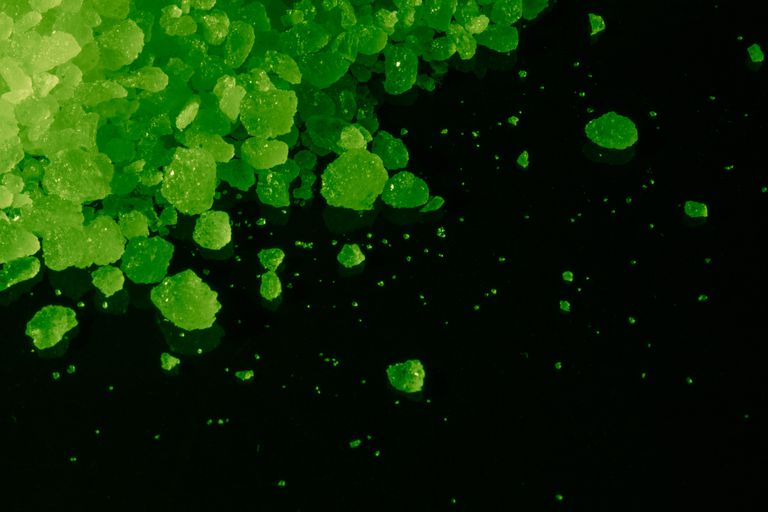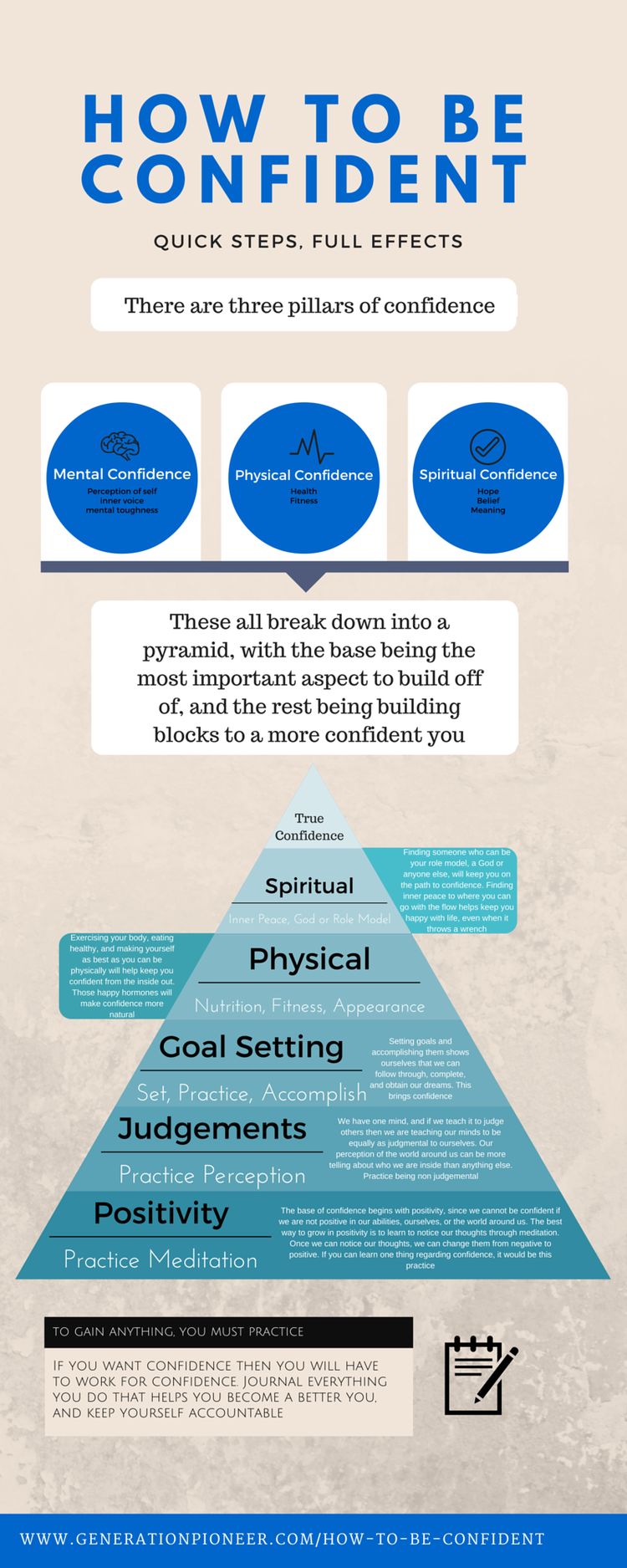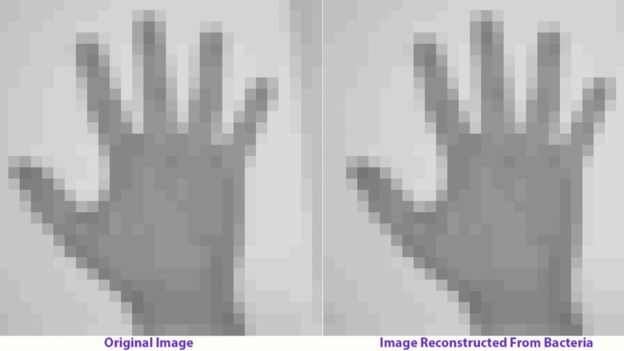Views : 1,145





3Dprinting (176) A.I. (769) animation (341) blender (198) colour (230) commercials (49) composition (152) cool (360) design (637) Featured (69) hardware (308) IOS (109) jokes (134) lighting (285) modeling (137) music (186) photogrammetry (182) photography (754) production (1261) python (88) quotes (493) reference (310) software (1340) trailers (297) ves (538) VR (220)
Year: 2017
COLLECTIONS
| Featured AI
| Design And Composition
| Explore posts
POPULAR SEARCHES
unreal | pipeline | virtual production | free | learn | photoshop | 360 | macro | google | nvidia | resolution | open source | hdri | real-time | photography basics | nuke
FEATURED POSTS
-
Game Development tips
-
59 AI Filmmaking Tools For Your Workflow
-
Python and TCL: Tips and Tricks for Foundry Nuke
-
How to paint a boardgame miniatures
-
Jesse Zumstein – Jobs in games
-
JavaScript how-to free resources
-
What the Boeing 737 MAX’s crashes can teach us about production business – the effects of commoditisation
-
Key/Fill ratios and scene composition using false colors
Social Links
DISCLAIMER – Links and images on this website may be protected by the respective owners’ copyright. All data submitted by users through this site shall be treated as freely available to share.








